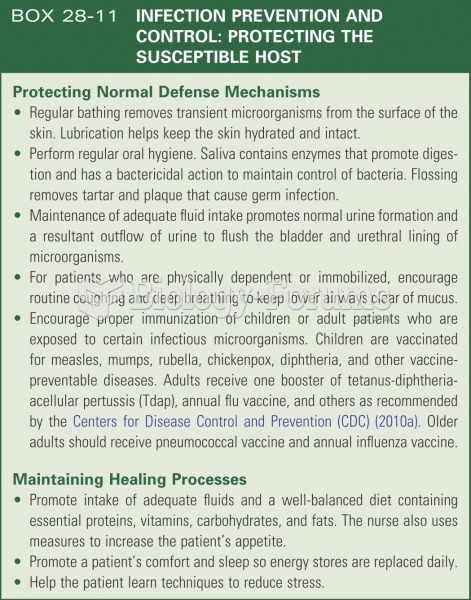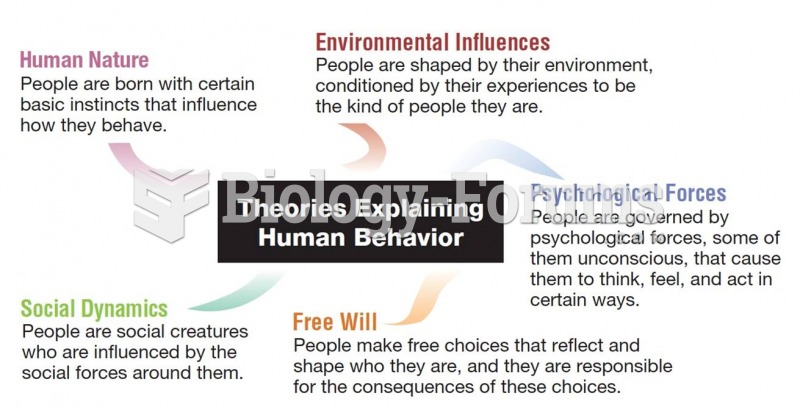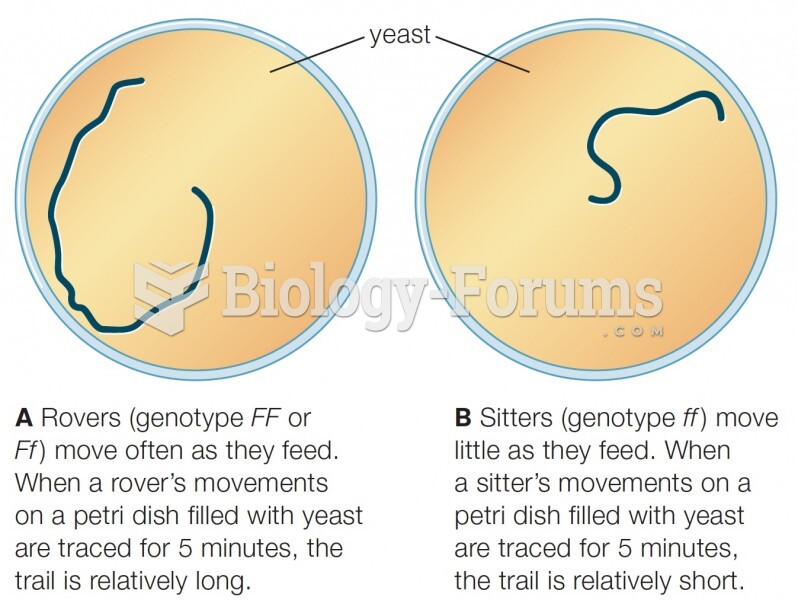Answer to Question 1
Answer: FALSE
Answer to Question 2
Answer: Communication serves four major functions: control, motivation, emotional expression, and information. Communication acts to control employee behavior in several ways. Organizations have authority hierarchies and formal guidelines that employees are expected to follow. For instance, when employees are required to communicate any job-related grievance first to their immediate manager, to follow their job description, or to comply with company policies, communication is being used to control. But informal communication also controls behavior. When work groups tease a member who's working too hard or producing too much (making the rest of the group look bad), they're informally controlling the member's behavior. Communication encourages motivation by clarifying to employees what is to be done, how well they're doing, and what can be done to improve performance if it's not up to par. As employees set specific goals, work toward those goals, and receive feedback on progress toward goals, communication is required. For many employees, their work group is a primary source of social interaction. The communication that takes place within the group is a fundamental mechanism by which members share frustrations and feelings of satisfaction. Communication, therefore, provides a release for emotional expression of feelings and for fulfillment of social needs. Finally, individuals and groups need information to get things done in organizations. Communication provides that information. None of these four functions is more important than the others. For groups to work effectively, they need to maintain some form of control over members, motivate members to perform, provide a means for emotional expression, and make decisions. You can assume that almost every communication interaction that takes place in a group or organization is fulfilling one or more of these four functions.






